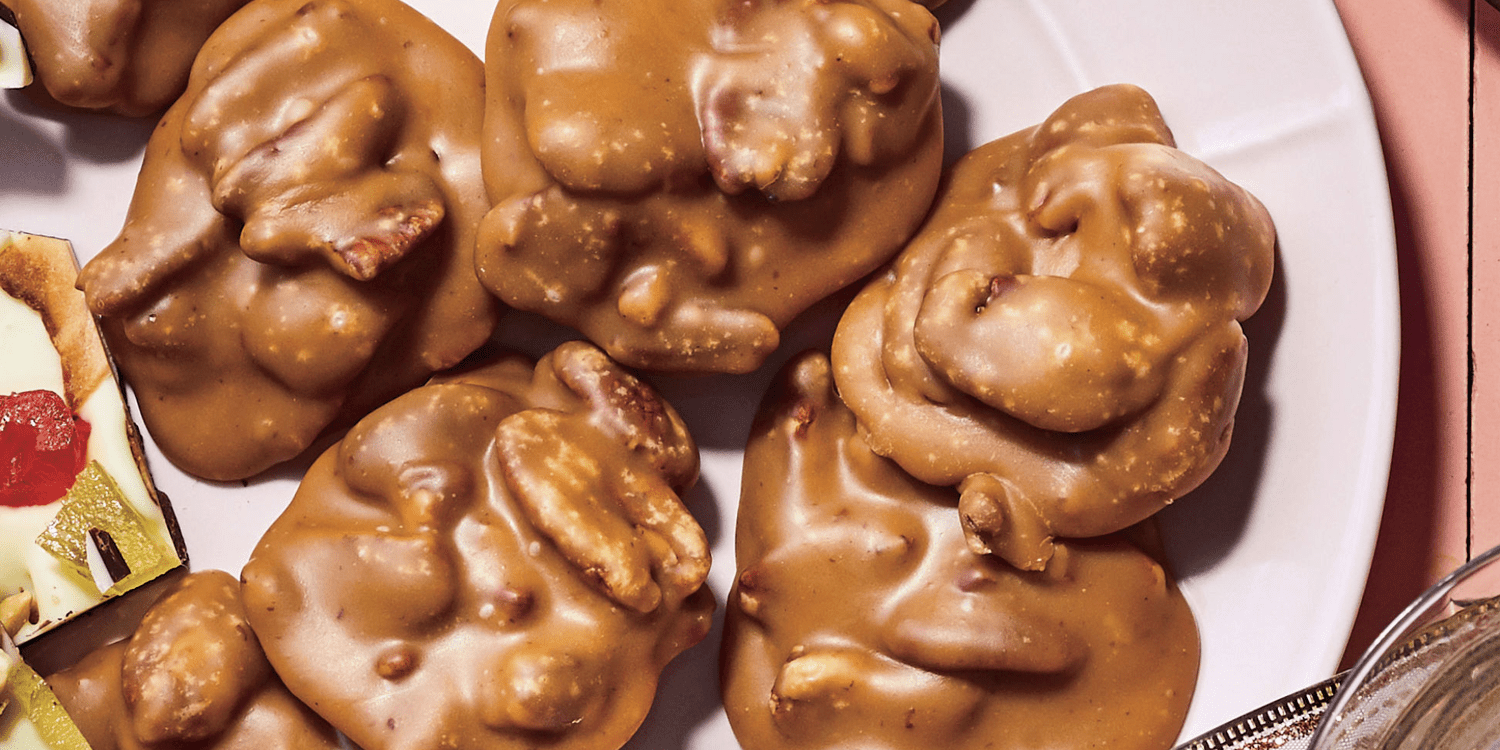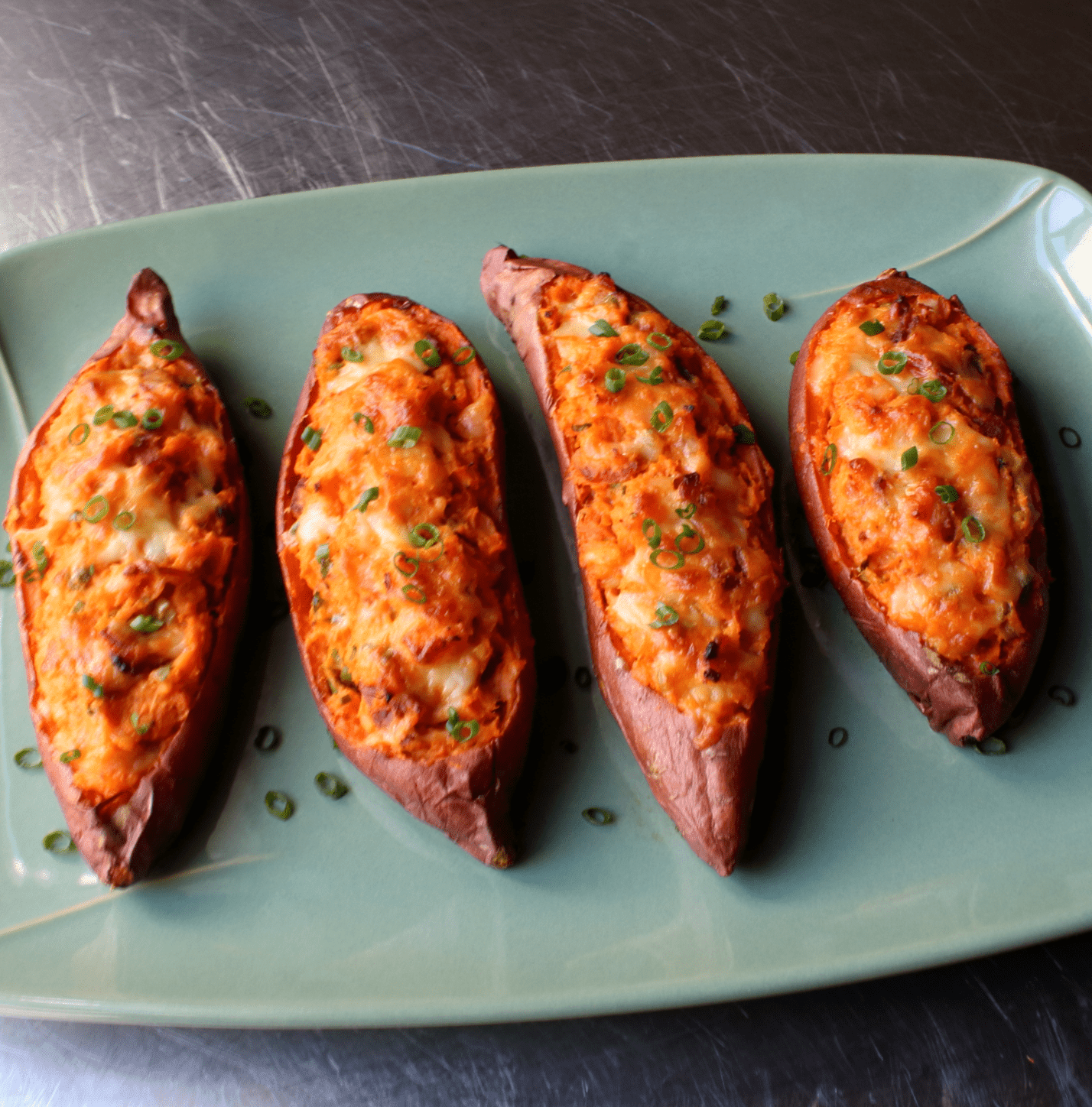Pralines, the irresistible sugar-pecan concoction synonymous with the Big Easy, are tiny treats with a big history. Here’s what you need to know:
What Is a Praline?

A praline is a type of sugary, nutty candy. When people in the U.S. say “praline,” they are usually referring to the creamy, fudgy, pecan-heavy confection popular in the American South. In other parts of the world, though, “praline” could mean something quite different.
American vs. French vs. Belgian Pralines

There are three main types of praline:
- Basic American pralines are made with brown sugar, granulated sugar, cream, butter, and pecans. Though they’re popular across the Southern U.S., they’re most associated with New Orleans, Louisiana.
- Belgian pralines, or “soft-center Belgian chocolates” bare little resemblance to the New Orleans pralines you might be familiar with. They consist of a chocolate outer shell and a milky hazelnut filling.
- The French version, the O.G. praline, is a firm combination of almonds and caramelized sugar. These candied almonds can be ground into a powder called “pralin” that is used to fill the Belgian chocolates.
How Do You Pronounce “Praline?”
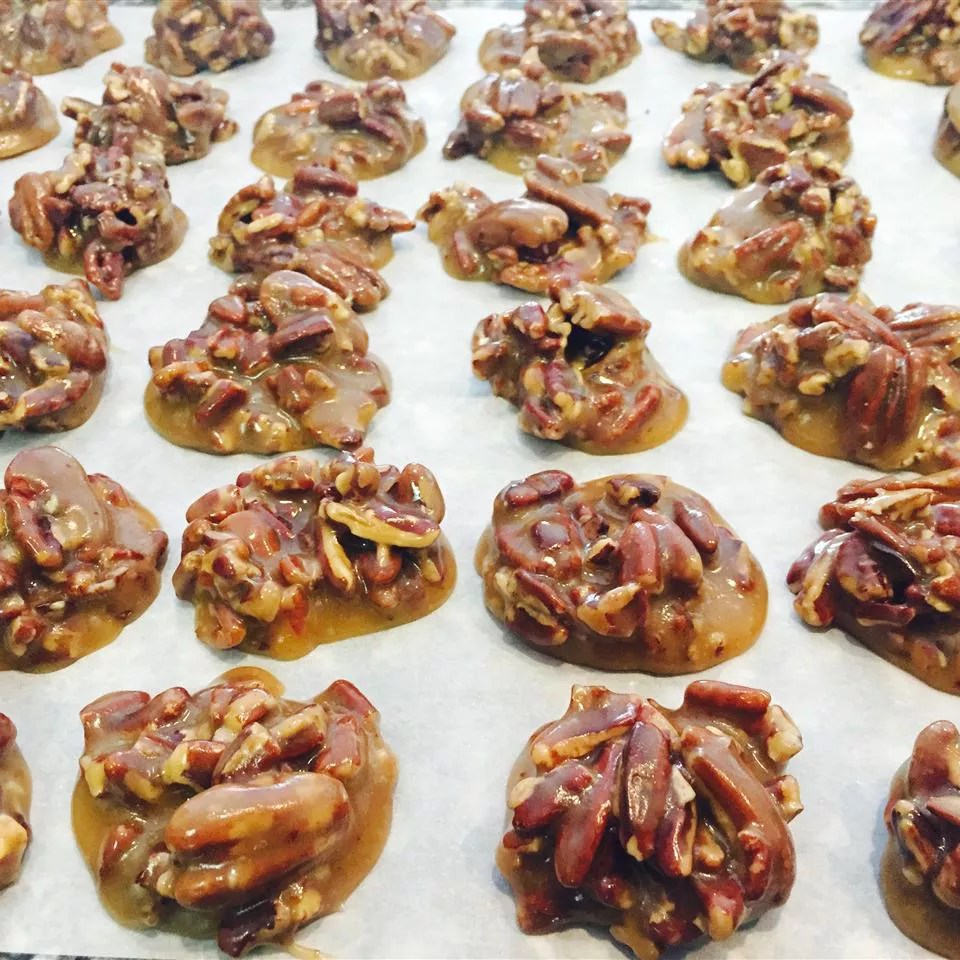
There are two camps: prah-lean (more common in Louisiana and on the Gulf Coast) and pray-lean (you’re more likely to hear this pronunciation in Georgia and Alabama).
For what it’s worth, good ol’ Merriam-Webster seems to be firmly team prah-lean — do with that information what you will.
Praline History
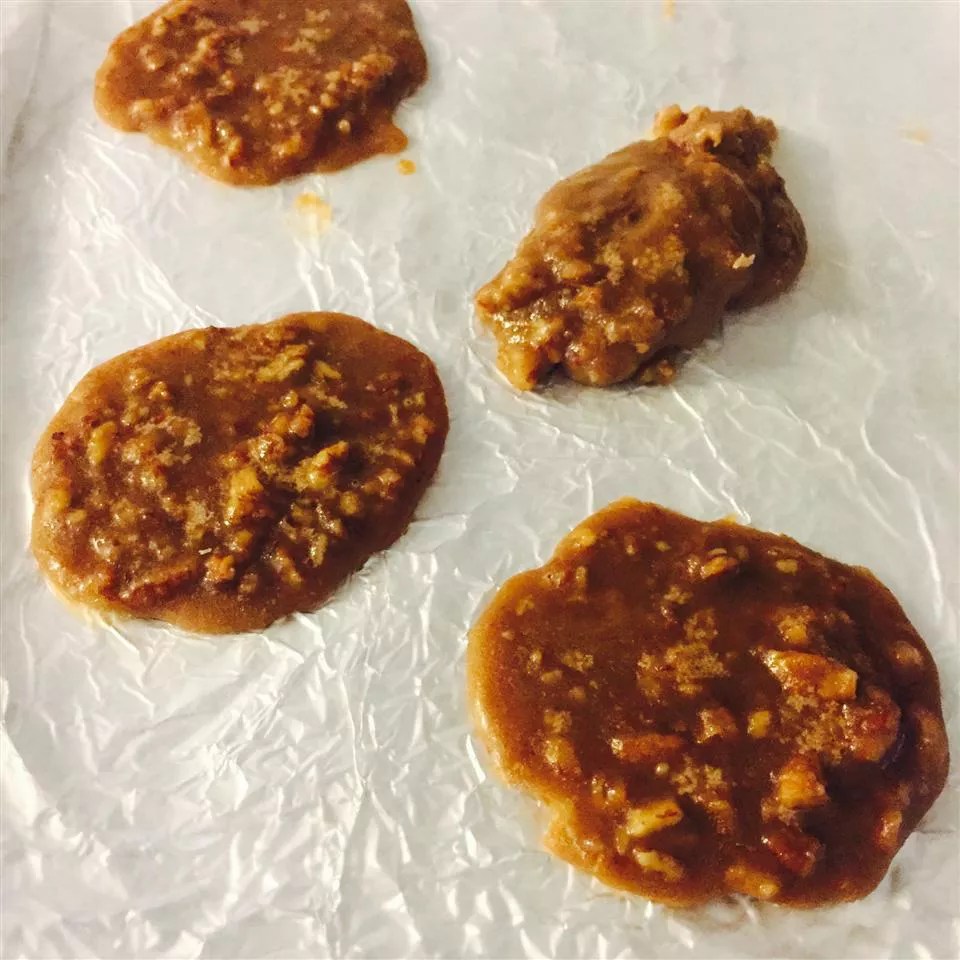
Experts aren’t sure exactly when or how American pralines came to be, but many people believe it was named after a 17th-century French diplomat named César, duc de Choiseul, comte du Plessis-Praslin. The diplomat’s personal chef, Clement Lassagne, is often credited with creating a sugary treat made with almonds and caramelized sugar.
So how did pralines make their way to the States? Well, according to legend, Ursuline nuns brought them from France to New Orleans in the 1720s.
Over time, subtle changes were made to the recipe—brown sugar in addition to granulated, pecans instead of almonds—and the pralines we know and love were born.
The classic confection is more than NOLA’s signature dessert, though: Cooking and selling pralines, one of the earliest street foods in the U.S., was a way for emancipated Black women to make a living in post-Civil War New Orleans.
“More than simply vending sweets, African-American women also were responsible for the creolization of the praline, which continue to be sold in France as sugared almonds,” according to historian Chanda M. Nunez. “African-American cooks replaced the almonds with pecans, which were abundant in New Orleans. They also added large amounts of Louisiana sugar as well as milk to thicken the candy. Therefore, the culinary genius of African-American women created the New Orleans praline, as we know it.”
To learn more about the historical significance of pralines (and the women who made them), read Nunez’s fantastic thesis in its entirety right here.
How to Make Pralines
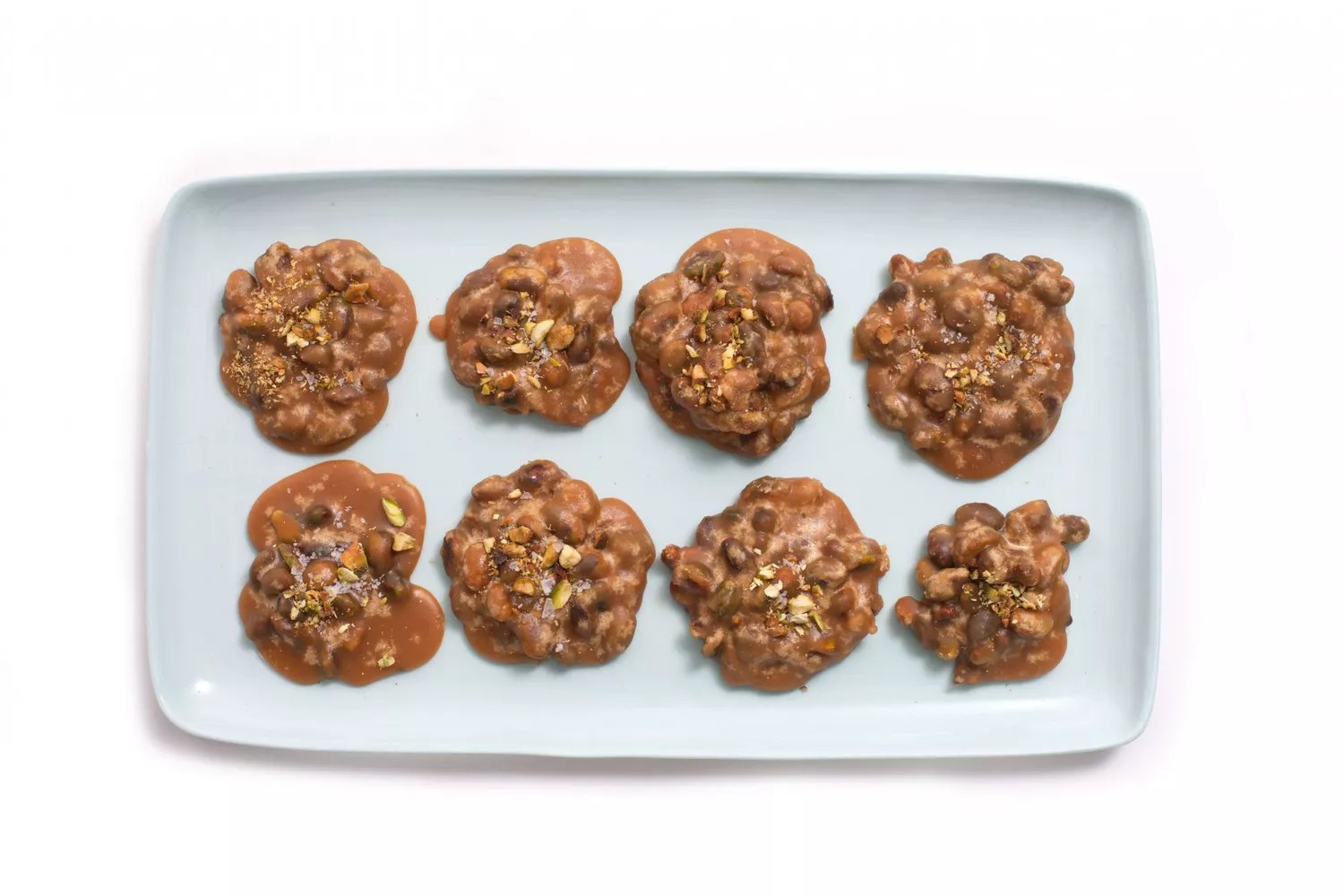
You don’t need a lot of ingredients to make irresistible pralines.
Praline recipes will differ depending on who’s cooking, but here’s the basic technique: Cook sugar, butter, and cream over medium-high heat, stirring constantly, until the mixture is thick and brown. Add nuts, cook a bit more, then drop onto wax paper and let cool.
A good candy thermometer is a must for praline-making, as reaching (but not exceeding) the perfect temperature creates that deliciously decadent flavor and texture.
Get the recipe: Pralines

